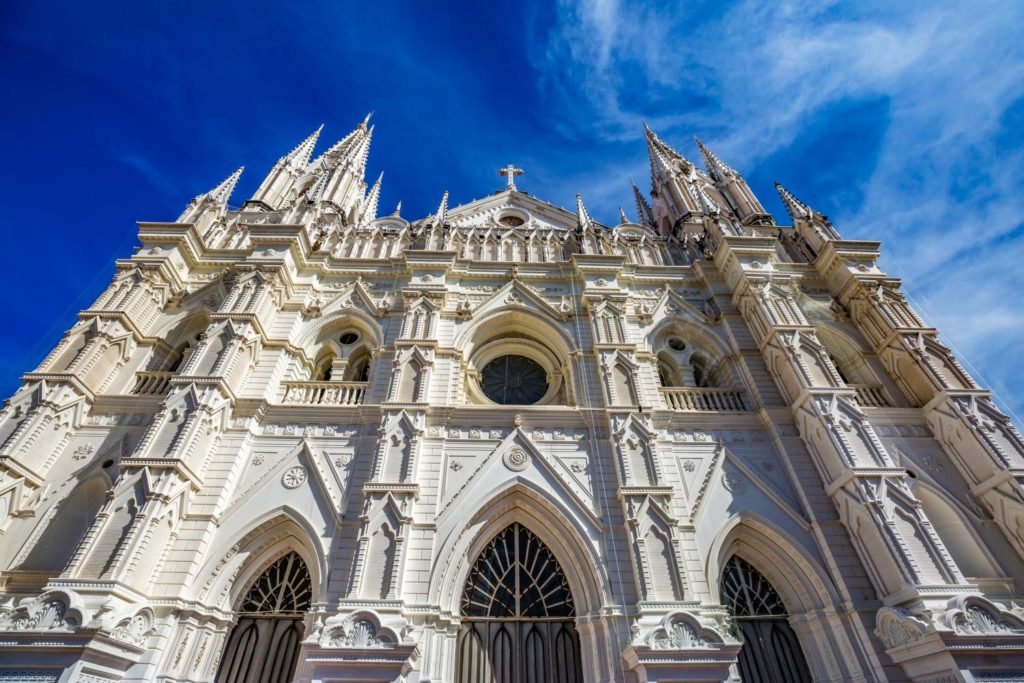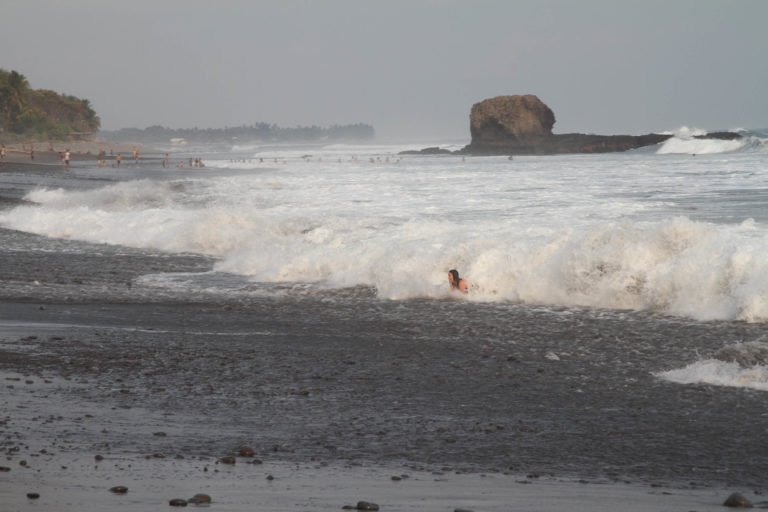Exploring Ancient Cities
Evidence of Maya settlement in what is now central and western El Salvador dates back over 4,000 years. Anciently known as Cuzcatlán, these cities marked the southern limits of the civilization.
Their frontier position allowed for unique syncretism with neighboring cultures.
What to do in Ancient Cities of the Maya
Joya de Cerén
Joya de Cerén was a late Pre-classic Maya farming community.
Formerly home to an estimated population of 200, this site was abandoned suddenly in 600 AD, as the eruption of nearby Loma Caldera buried it under 15 to 20 feet of volcanic ash.
This ash mummified the area, preserving gardens, bean-filled pots, sleeping mats, ceramics, tools and over a dozen structures.
In honor of its unique state of preservation, Joya de Cerén was declared a UNESCO World Heritage Site in 1993.
Located approximately 25 miles northwest of San Salvador, it can be visited together with San Andres, as a day-trip from the capital.
San Andres
San Andres was occupied intermittently throughout the 2,000 years prior to 1200AD.
At its peak, San Andres served as Cuzcatlán’s capital and as a regional religious center. To date, excavations have focused on the central plaza and pyramids.
Visitors can climb these pyramids, observe traditional indigo production, and tour the on-site museum.
Tazumal
Tazumal is located in the department of Santa Ana, 40 miles northwest of San Salvador.
Exhibiting Toltec influence, the site’s main pyramid rises 75 feet above the primary plaza.
Other structures include palaces, tombs, a ball court and various drainage systems. Smaller structures fan out from the city center over four-square miles.
Tazumal Museum and Casa Blanca
The site’s museum displays an Olmec-style stone figure, pottery, and ceremonial stone belts.
Well within walking distance of Tazumal sits Casa Blanca, yet another Maya site, housing five intriguing pyramids.
Cihuatan
Cihuatan, located 22 miles north of San Salvador, on the North Trunk Road near Aguilares, this may be the country’s largest Pre-Columbian Maya site.
Ballcourts, palaces, pyramids and defensive walls have already been unearthed.
Ongoing Excavation
Excavation is ongoing, with several more pyramids likely to be revealed. Just one of the seven subsidiary residential areas has been explored to date.
Joya de Cerén was a late Pre-classic Maya farming community.
Formerly home to an estimated population of 200, this site was abandoned suddenly in 600 AD, as the eruption of nearby Loma Caldera buried it under 15 to 20 feet of volcanic ash. This ash mummified the area, preserving gardens, bean-filled pots, sleeping mats, ceramics, tools and over a dozen structures.
In honor of its unique state of preservation, Joya de Cerén was declared a UNESCO World Heritage Site in 1993.
Located approximately 25 miles northwest of San Salvador, it can be visited together with San Andres, as a day-trip from the capital.
What is the Weather Like?
Nestled amid lush hills, this region’s climate is warm and subtly humid year-round, with temperatures typically ranging between 19 °C (66 °F) at night and 29 °C (84 °F) during the day. The dry season—from mid-November to mid-April—offers clearer skies, ideal for exploring the countryside. In contrast, the region’s wet season, like right now in early September, brings frequent afternoon and evening showers that can refresh the air—or stall your travel plans.
Getting There
Start your journey today
LANDED delivers the finest in custom, private travel to Central America, South America, and Antarctica. These regions are our passion; we know them first-hand and by heart. Speak with one of our travel designers and let us create a tailored itinerary for you in El Salvador.
How to combine Ancient Cities of the Maya
Have some extra time? Here are some options for you to combine with.




